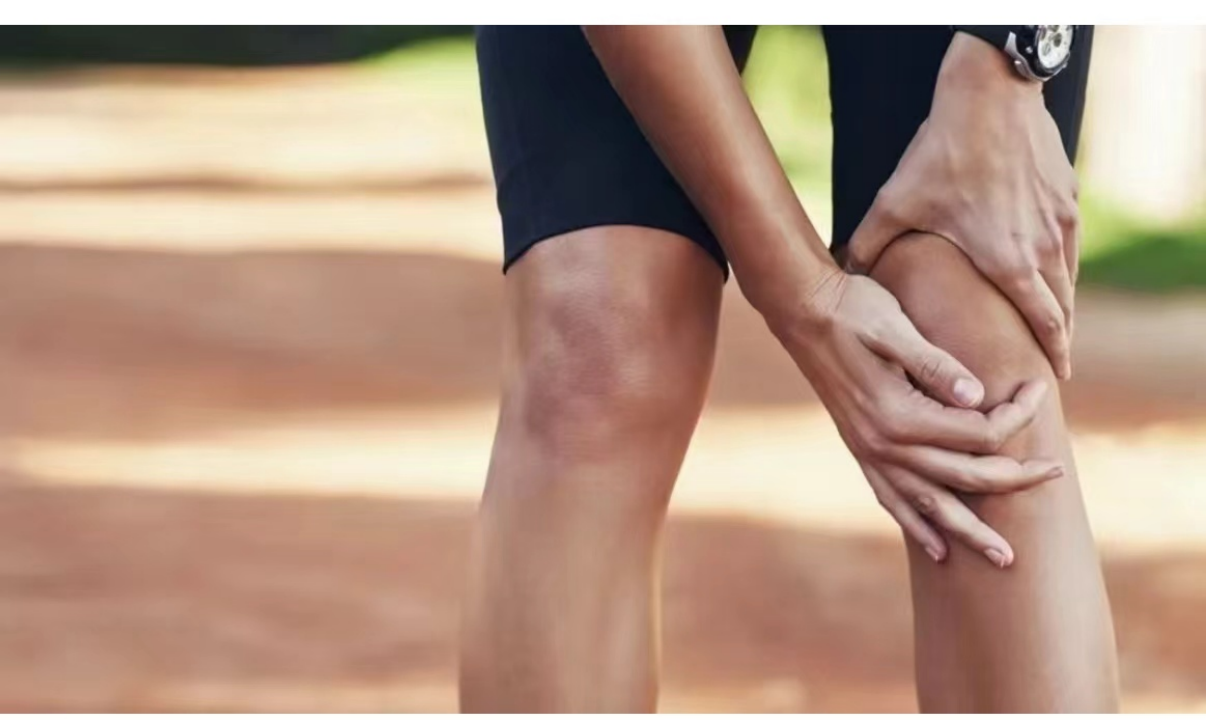
Treatment and prevention of knee sports injuries
Many people feel knee pain after exercising, especially pain in the front of the knee joint, which may be due to insufficient preparation or lack of exercise. Knee sports injuries are more common in sports such as basketball, badminton, running, long jump, squats, etc. This article starts with the treatment and prevention of knee sports injuries, which have an important impact on physical functions.
1、 Common knee sports injuries mainly include the following:
1. Meniscal injury: The meniscus is a pair of fibrocartilage in the knee joint, which has the functions of buffering pressure, stabilizing the joint, and protecting joint cartilage. During knee joint movement, twisting or excessive weight-bearing can easily lead to meniscus injury, resulting in symptoms such as pain, swelling, and joint locking.
2. Ligament injury: There are four main ligaments around the knee joint, namely the medial collateral ligament, lateral collateral ligament, anterior cruciate ligament, and posterior cruciate ligament. During exercise, encountering torsion or lateral stress may lead to partial tearing or complete rupture of ligaments, causing joint instability and pain.
3. Patellar tendonitis and quadriceps femoris tendonitis: These injuries are usually caused by strong knee joint extension or excessive use. Patients may experience pain in the front of the knee joint, especially when going upstairs or jumping.
4. Patellar chondromalacia: This is a disease caused by the wear and tear of patellar cartilage, commonly seen in individuals who engage in high-intensity knee joint activities for a long time, such as runners and jumping athletes. Symptoms include pain, friction, and joint stiffness in front of the knee joint.
2、 Sports rehabilitation treatment methods
1. Quadriceps isometric contraction training: This is a training method that enhances the strength of thigh muscles. The specific method is to tighten the thigh muscles for 5-10 seconds while extending the knees, and then relax. As the range of motion of the knee joint gradually recovers, thigh muscles can be tightened at different angles for training.
2. Straight leg lifting training: This type of training can exercise lower limb muscles and prevent muscle atrophy at the knee joints. The specific method is to lie flat on the bed, raise the lower limbs as much as possible, hook the toes and ankles upwards, and straighten the knee joints as much as possible. Stop lifting at a 45 degree angle to the bed, hold for 3-5 seconds, and then slowly lower.
3. Knee joint flexion and extension exercise: In a supine position, perform knee joint flexion and extension exercises alternately on both sides, with 10 in each group and 3 groups per day. As the condition improves, the amplitude and frequency of exercise can be increased.
Using elastic bands for multi-directional resistance training of the knee joint: Select the appropriate elastic band, place it on the knee joint, and then perform 4. Multidirectional resistance training with moderate intensity, each group for 1-3 minutes in each direction, 3 groups per day. This can enhance the muscle strength around the knee joint and improve joint stability.
5. Half squat training: Bend the knee joint 30 degrees, with 10 in each group, 3-5 groups per day. Pay attention to maintaining body balance during training and avoid falling.

3、 Preventive methods for knee sports injuries
1. Swimming and walking: These low-intensity exercises do not cause too much burden on the injured knee joint, and can also exercise the muscles and ligaments around the knee joint, enhancing muscle strength around the knee joint and reducing the likelihood of sports injuries.
It is best to wear comfortable and elastic sports shoes during exercise to reduce knee joint pressure. In daily life, it is advisable to use 2-3 centimeters for the heel, and the sole should not be too thin, otherwise it will have adverse effects on the knees.
3. Joint exposure to cold or freezing can trigger joint inflammation, so it is important to keep warm and avoid excessively humid environments. Wearing a warm knee pad is a simple and effective measure. Recommend Shengkun electric heating knee protection, moxibustion, physical therapy, and hot compress for better resistance to cold.




Reading comments
Steven Rich – Sep17, 2016:
How all this mistaken idea of denouncing pleasure and praising pain was born and I will give you a complete account of the system, and expound the actual teachings.
William Cobus – Aug21, 2016:
There anyone who loves or pursues or desires to obtain pain itself, because it is pain, because occasionally circumstances occur some great pleasure.